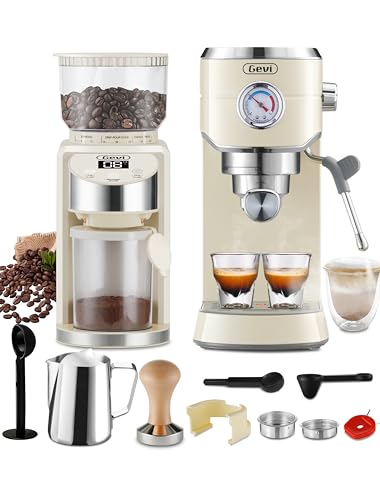Flat vs. Convex Espresso Tampers: Which One Should You Use?
Why Tamper Shape Matters More Than You Think
If you’ve already nailed down your tamper size, there’s another detail that might trip you up: the shape of the tamper base. Should it be flat or convex? It’s a small detail that can make a real difference in how your coffee extracts.
Let’s take a closer look so you don’t waste time second-guessing your gear.
What’s the Difference?
| Feature | Flat Tamper | Convex Tamper |
|---|---|---|
| Shape | Completely flat base | Slightly rounded, dome-shaped base |
| Pressure Spread | Even across the surface | Concentrated in the center |
| Channeling Risk | Low if distribution is perfect | Can reduce edge channeling in some cases |
| Skill Required | Best for users with even distribution | More forgiving with puck prep |
Flat Tampers: The Classic Standard
Most baristas—especially in specialty cafes—prefer flat tampers. When you distribute the grounds evenly and tamp level, a flat base gives consistent resistance throughout the puck, which supports balanced extraction.
Flat tampers are ideal if:
- You’re using a precision basket (like VST or IMS).
- Your puck prep is clean and consistent.
- You want full control over the tamping process.
Convex Tampers: A Forgiving Friend
Convex tampers have a slight dome that presses more toward the center of the puck. This can help minimize edge channeling, especially if your distribution isn’t perfect.
Convex tampers may work well for:
- Beginners who are still refining their tamping technique.
- Pressurized or non-standard baskets.
- Machines with uneven water dispersion.
🎯 Small Tip: Some budget espresso machines benefit from convex tampers due to inconsistent shower screens.
So… Which One Should You Choose?
Here’s a simple way to decide:
- ✅ Go flat if you’re using a standard or precision machine and want more control.
- ✅ Go convex if you’re a beginner or working with lower-end gear.
At the end of the day, technique matters more than tamper shape—but a forgiving tool can help you learn faster.
A Personal Note on Switching from Convex to Flat
When I started with a Breville Bambino, I used a convex tamper to mask my distribution flaws. It worked surprisingly well. But once I moved to a Gaggia with a bottomless portafilter, I switched to flat—and saw where I was going wrong.
The upgrade wasn’t just about gear. It taught me to level up my prep, too.
Final Thought
There’s no absolute best tamper shape—only what works best for your setup and your technique level. Try both if you can. But don’t let this small detail hold back your espresso journey.







